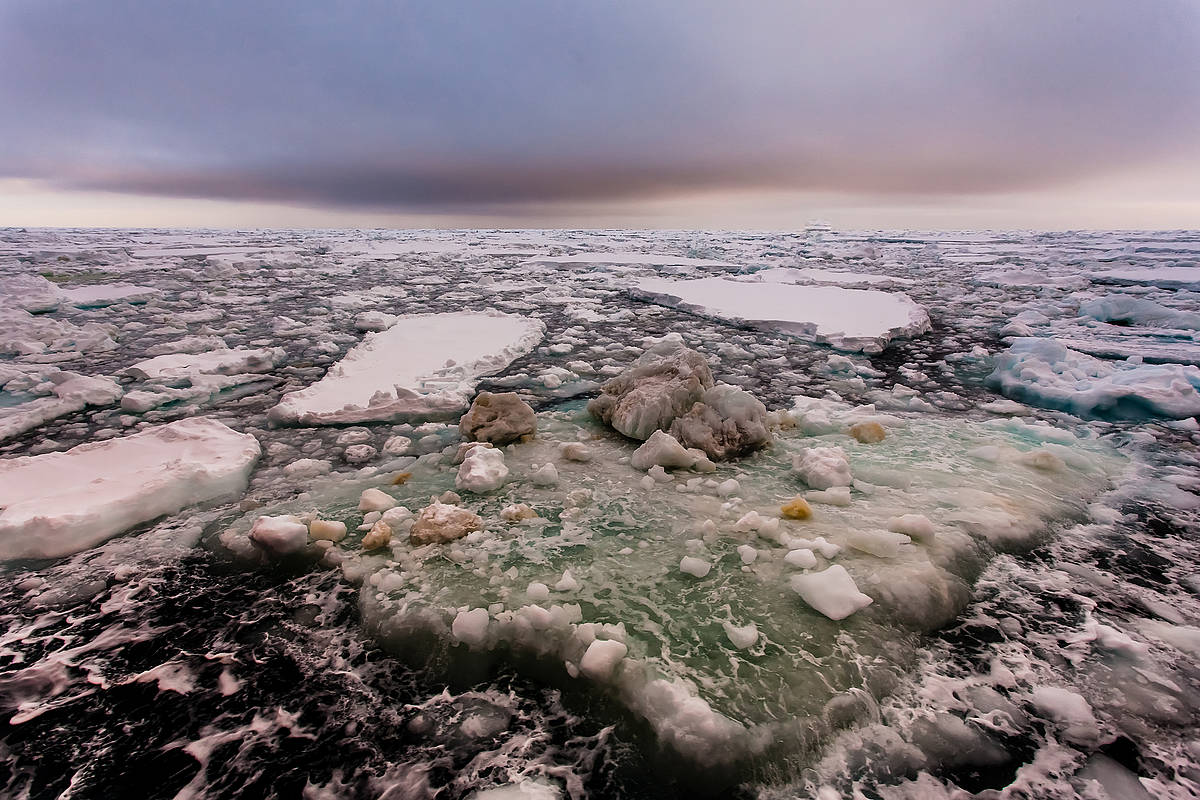Glossary
The English version of our glossary is currently under construction and will be regularly updated.
Ice algae
One of the various types of algae communities found in first-year and multiyear sea ice.
The most visible group in the microbial sea-ice community are the single-celled microalgae, or ice algae. They live both underwater and atop the snow and ice. In the polar summer, the marine species form a greenish-brown film on the underside of drifting ice and icebergs. On land, snow algae lend firn a reddish to yellowish hue. The ice algae, as autotrophic organisms, play an important part in the marine ecology of both polar regions. Autotrophic organisms are lifeforms that exclusively form their organic compounds (and organic reserves) from inorganic substances. They can use light to convert substances in their habitat into food (photosynthesis). Although the primary production resulting from the ice algae’s photosynthesis is modest in comparison with that of their counterpart, the phytoplankton, in ice-covered regions the ice algae are often the most important source of carbon fixing for higher trophic levels. For more information on ice algae in the polar ecosystem, click here.

